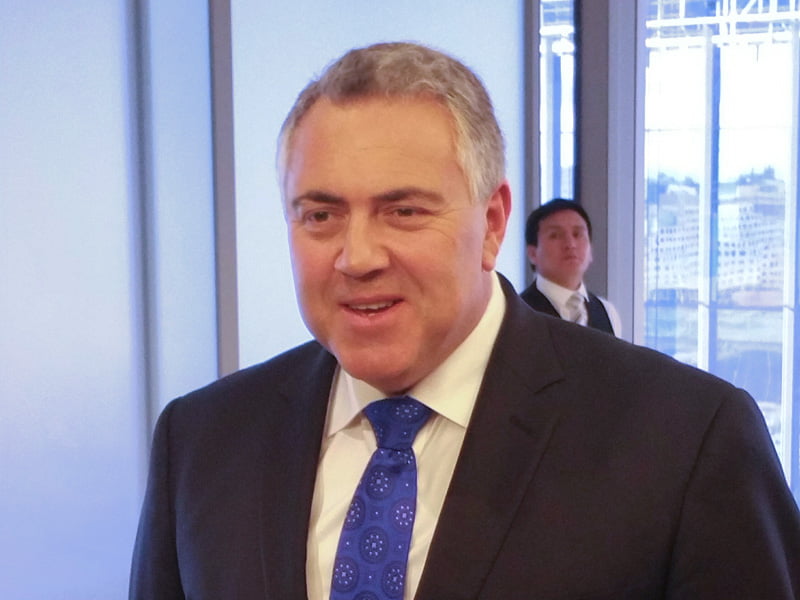The federal government has reaffirmed a bilateral space agreement with NASA just weeks after it announced it would be creating a national space agency.
The Space Tracking Treaty was signed by Ambassador Joe Hockey and acting NASA administrator Robert Lightfoot Jr in Washington on Wednesday. It is a reaffirmation of the bilateral agreement made between Australia and the US in 1960 on space exploration.
The treaty covers civil space facilities owned by NASA and located within Australia, including the Canberra Deep Space Communications Complex and others in Western Australia and the Northern Territory.

Acting Innovation Minister Michaelia Cash said the treaty comes at a “very important time” for the space industry in Australia.
“Australia plays an integral part in space vehicle tracking, having assisted in almost all of NASA’s human and robotic missions to space,” Senator Cash said.
“Our space collaboration with the United States of America began in 1957 with the establishment of a radio tracking facility in Woomera and was formalised in 1960 with the signing of a bilateral treaty on space vehicle tracking,” she said.
“This treaty remains the foundation for a continued cooperative program between Australia and the United States.”
The CSIRO-managed Canberra Deep Space Communication Complex, located just outside of Canberra, is one of only three such stations in the world capable of providing two-way radio contact with robotic deep space missions, and receives about $20 million in funding from NASA annually.
CSIRO chief Larry Marshall said the organisation had played an instrumental role in many NASA missions.
“For more than 50 years, CSIRO has been proud to be one of NASA’s homes in the Southern Hemisphere, leveraging our geography and sharing in the world-class capabilities of our scientists,” Dr Marshall said.
“From humanity’s first steps on the moon, to flying past Pluto, to Cassini’s recent descent into Saturn, CSIRO and NASA have partnered to not only see more deeply into our Universe, but inspire the next generation of scientists,” he said.
The treaty is an update of the Space Vehicle Tracking and Communications Facilities agreement, which was set to expire in February next year.
The federal government said last month it would establish a national space agency to coordinate the local sector and act as a “doorway to international space engagement”.
The announcement was more of a signal of intent to the industry, with no details of funding, costs or operational direction announced.
The government’s expert reference group, formed earlier this year to investigate the local sector, has now been tasked with working out these details. It will and report back early next year.
The nuts and bolts of the space agency are expected to be revealed in next year’s federal budget in May.
It’s also unsure where the agency will be located, with several states and territories already vying for a stake in it. South Australia, the ACT and the Northern Territory have signed an agreement to cooperate their efforts on the space agency.
The government has also said it will be introducing legislation to “simplify the way we regulate the sector and reduce barriers to participation in space activities” next year after the reference group reports back.
Australian space industry leaders have made it clear that the space agency won’t be about sending locals into space, but will rather be about getting a slice of the $400 billion global space industry and creating local jobs.
The CSIRO also recently purchased a 10 per cent stake in a world-class satellite research program for more than $10 million.
The science agency will be able to control the satellite for a period of time, providing high resolution imagery anywhere in any conditions. This data will then be released to the wider research community.
Do you know more? Contact James Riley via Email.

